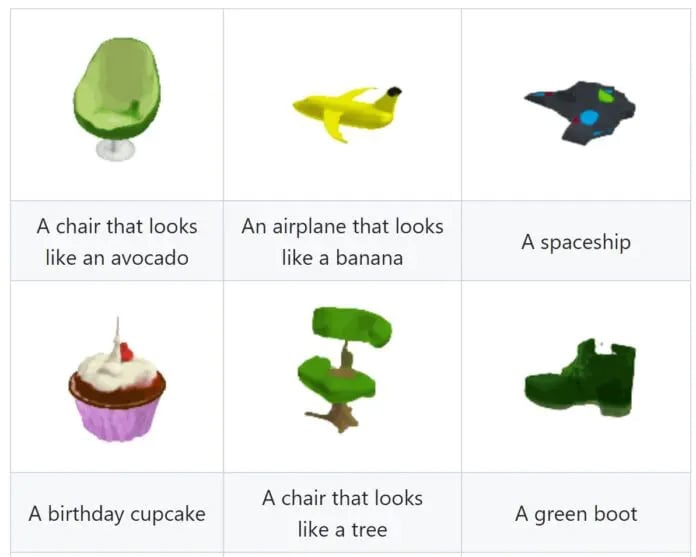OpenAI has been pushing the boundaries of what is possible in the field of artificial intelligence, and their recent release of the Shap·E model is no exception. Following the success of their text-generation image model DALL·E, OpenAI has created another impressive model that allows users to enter text and generate realistic and diverse 3D models.
3D Assets can be printed with 3D Printers
Shap·E is not just a 3D model generator, but can also generate parameters of implicit functions, which can render textured meshes and neural radiation fields (NeRF). This means that Shap·E can create high-quality 3D assets with fine-grained textures and complex shapes, unlike current models that only output point clouds or voxels.

Neural Radiance Fields (NeRF) is a new view field synthesis technique with implicit scene representation that has attracted extensive attention in the field of computer vision. It is a novel view synthesis and 3D reconstruction method that has a wide range of applications in robotics, city maps, autonomous navigation, virtual reality/augmented reality, and more. With Shap·E’s ability to generate parameters of implicit functions, it can render NeRF, allowing users to create complex 3D models with high-quality textures.
In contrast, point clouds are a series of points that fall in a three-dimensional coordinate system. They can be spread on the building surface or building facade to capture the shape of the building’s appearance. Voxels, on the other hand, are pixels in 3D space. Quantized, fixed-size point clouds. Each cell is of fixed size and discrete coordinates.
OpenAI has showcased the capabilities of Shap·E with examples such as a bowl of food, a penguin, a voxelized dog, a campfire, an avocado-shaped chair, and more. These models can be rendered in seconds, providing users with a fast and efficient way to create high-quality 3D assets.
The applications of Shap·E are extensive, from creating assets for video games, movies, and virtual reality experiences, to creating detailed models for scientific research and engineering simulations. With its ability to generate complex 3D models with fine-grained textures, Shap·E is a game-changer in the world of 3D modeling and rendering.
OpenAI’s Shap·E model is an exciting development in the field of artificial intelligence and 3D modeling. Its ability to generate high-quality 3D assets with fine-grained textures and complex shapes sets it apart from current models that only output point clouds or voxels. With its applications in various fields, Shap·E is sure to revolutionize the way we create and interact with 3D models.
RELATED:
- Inside OpenAI’s Bold Move to Take on Google: The High Cost of Building ChatGPT
- OpenAI CEO clarifies company is not currently training ChatGPT-5
- Best Streaming Devices 2023 – Google, Xiaomi, Amazon & More
(Via)






